Castle Grove, nestled in the heart of County Donegal, stands as a testament to Ireland’s rich historical tapestry. This near-original Georgian house, built in 1695, offers a glimpse into the architectural and familial legacies that have shaped the North West of Ireland. Beyond its structural beauty, Castle Grove embodies centuries of history, encapsulating the trials and triumphs of its inhabitants and the region. Today, it serves as the Castle Grove Country House Hotel, meticulously preserved and family-run, offering guests not just luxury accommodation but a journey through time. Its strategic location near Letterkenny makes it an ideal base for exploring the rugged beauty of Donegal and the enchanting Wild Atlantic Way.
Contents
The Origins of Castle Grove
Early History and Settlement in the Area Before Castle Grove
The area that Castle Grove now occupies has been significant for centuries, with its fertile lands and strategic position near Lough Swilly drawing settlers and influencing local history. Before the Grove family laid the foundations of what would become Castle Grove, the land was part of a broader historical narrative tied to the Plantation of Ulster and the turbulent history of 17th-century Ireland. The original dwelling, Castle Shanaghan, was approximately a mile from the current Castle Grove location, indicating that the Grove’s presence in the region predates the existing structure.
The Grove Family’s Initial Residence and the Transition to Castle Grove
The Grove family’s journey began with their settlement at Castle Shanaghan in the mid-17th century. The family, initially drawn to the area by the promise of land and opportunity, established themselves as prominent figures in the local community. However, the Siege of Derry in 1689 marked a turning point for the Groves. The family home at Castle Shanaghan was destroyed, a casualty of the widespread violence that characterized the period.
In the wake of this destruction, the Grove family sought to rebuild. In 1695, they constructed Castle Grove House closer to the protective shores of Lough Swilly, marking the beginning of a new chapter in their history. This strategic relocation not only provided the family with a renewed sense of security but also positioned Castle Grove as a prominent estate in the region. Over the subsequent decades, the house was expanded and the surrounding lands cultivated, laying the groundwork for the estate’s lasting legacy.
This transition from Castle Shanaghan to Castle Grove encapsulates a period of resilience and renewal, highlighting the Grove family’s determination to maintain their presence in the area. The foundations of Castle Grove were laid in a time of upheaval, yet it emerged as a symbol of endurance and prosperity, qualities that have persisted through the centuries.
Architectural Evolution
Original Construction in 1695 and Subsequent Additions
The architectural narrative of Castle Grove begins in 1695, with its initial construction reflecting the Georgian architectural styles that were prevalent in Ireland during the late 17th and early 18th centuries. This period was characterized by a preference for symmetry, proportion, and classical detail, principles that are embodied in the near-original Georgian house that stands today. The house was strategically positioned at the end of a mile-long avenue, signifying its importance and providing a grand approach that complemented its architectural stature.
The original structure of Castle Grove was likely modest, adhering to the architectural norms of the time, with a focus on functionality and elegance. However, as the estate prospered, the house underwent significant additions between 1750 and 1780. These additions embraced the evolving Georgian style, incorporating more elaborate decorations, larger windows, and an increased emphasis on symmetry and proportion. The use of natural slate for the roof, sash windows for lighting, and detailed stucco work for decoration, were all hallmarks of the period that were integrated into Castle Grove as it expanded.
Detailed Exploration of Architectural Styles and Influences Over Time
As the centuries progressed, Castle Grove saw further modifications, each reflecting the architectural trends and influences of their respective periods. The house’s location in Donegal, a region known for its natural beauty and rugged landscapes, also influenced its architectural evolution. The integration of the house with its surrounding gardens, designed by the famed landscape architect Capability Brown in the 18th century, exemplifies the Georgian era’s inclination towards harmony between architecture and nature.
The 19th and early 20th centuries brought additional changes to Castle Grove, including alterations to its interior layout and decoration. These modifications aligned with the Victorian and Edwardian tastes for more ornate and comfortable interiors, showcasing a blend of styles that reflect the house’s long history. Despite these changes, Castle Grove retained its Georgian core, a testament to the enduring appeal of its original architectural principles.
The Siege of Derry and Its Impact
The Role of the Grove Family During the Siege of Derry
The Siege of Derry in 1689 was a pivotal event in Irish history, marking one of the key battles in the Williamite War in Ireland. The Grove family, residing at their original home near the current site of Castle Grove, found themselves in the midst of this turmoil. Historical records suggest that the Groves played a supportive role to the Williamite forces, reflective of the Protestant Ascendancy’s stance during the conflict. This period underscored the strategic importance of the region and the Grove family’s involvement in the larger political and military struggles of the time.
Consequences for the Family and the Estate Post-Siege
The aftermath of the Siege of Derry had profound implications for the Grove family and their estate. The destruction of their original home, Castle Shanaghan, by Jacobite forces necessitated the construction of a new residence, leading to the establishment of Castle Grove closer to the safety of Lough Swilly. This relocation was not just a response to the immediate aftermath of the siege but also a strategic decision that would shape the future of the Grove estate.
The rebuilding of the Grove family’s residence as Castle Grove symbolized a rebirth from the ashes of conflict, embodying resilience and a steadfast commitment to the region. Moreover, the event solidified the Grove family’s status in the local community and the broader historical narrative of Donegal. The Siege of Derry, while a moment of significant strife, indirectly facilitated the creation of Castle Grove, setting the stage for its centuries-long legacy as a symbol of endurance and architectural beauty.
The Grove Family Legacy
The legacy of the Grove family, intertwined with the fabric of Irish history, showcases a rich tapestry of political influence, military valor, and a steadfast commitment to community welfare. This distinguished lineage not only played pivotal roles in the shaping of regional and national events but also left a lasting impact on the socio-political landscape of their era.
Political Influence
The Grove family’s political legacy is most notably exemplified through their engagement with the cause of Irish independence and civil rights. Their active participation in supporting figures like Daniel O’Connell, a central figure in the Catholic Emancipation movement, highlights their commitment to political reform and justice. The family’s involvement in such movements illustrates their broader influence in shaping the political discourse of the time, leveraging their social standing to advocate for change and to support the advancement of civil liberties in Ireland.
Military Valor
The military contributions of the Grove family are epitomized by the heroics of General Richard Montgomery, who was connected to the Grove family through his maternal lineage and exemplifies the family’s tradition of military service. Montgomery’s departure from the British Army to join the American Revolutionary War as a leader of the Continental Army underscores a legacy of valor and sacrifice. His significant role in the battle of Quebec, despite its tragic outcome, marked him as a key figure in American history and reflected the martial spirit inherited from his Irish lineage.
His leadership and ultimate sacrifice in the cause of American independence were commemorated with his remains being honored at St. Paul’s Cathedral in New York City, symbolizing the transatlantic reverence for his contributions and the Grove family’s enduring legacy of military service.
Transition of Ownership
The story of Castle Grove’s ownership is a narrative of continuity amidst change, encapsulating the evolution of the estate from a private residence to a beloved hotel.
From the Grove Family to New Hands
The last of the Grove family passed away in 1970, marking the end of an era for Castle Grove. The estate then transitioned to a relative, maintaining familial ties albeit under different stewardship. This period of ownership was relatively brief but pivotal in the history of Castle Grove, serving as a bridge between its past and its future.
The Sweeney Family’s Acquisition and Transformation
In 1989, Castle Grove embarked on a new chapter when Raymond and Mary Sweeney acquired the estate. With a vision to preserve the house’s historic charm while opening its doors to guests from around the world, the Sweeneys transformed Castle Grove into a luxurious country house hotel. Under their stewardship, Castle Grove has retained its elegance and historical significance, offering guests not just accommodation but an immersive experience into Ireland’s rich heritage.
The Sweeneys’ transformation of Castle Grove into a hotel was undertaken with a deep respect for its historical and architectural integrity. Today, Castle Grove Country House Hotel stands as a testament to the family’s commitment to preserving its legacy while adapting to the needs of the modern visitor. This blend of preservation and innovation ensures that Castle Grove remains a vibrant part of Ireland’s cultural and historical landscape, inviting guests to partake in its storied past and present.
Castle Grove Today
Castle Grove Country House Hotel stands as a beacon of historical preservation and modern hospitality, seamlessly blending the past with the present to offer a unique experience to its guests. This transformation from a private residence to a luxurious hotel has been done with a keen eye towards maintaining the estate’s original charm and elegance, while providing all the comforts and amenities expected by today’s traveler.
Offerings and Features
The hotel boasts a variety of accommodations, each room uniquely decorated to reflect the Georgian elegance of the house while ensuring guests enjoy superior comfort. State Rooms offer expansive views of the meticulously maintained gardens, featuring superior beds, linens, and towels, alongside thoughtfully provided bathroom requisites. For those seeking an added touch of luxury, the Executive Suites, some with four-poster beds draped in wild silk, present an even more opulent stay.
Dining at Castle Grove is an experience in itself, with the restaurant offering cuisine that showcases the best of Irish produce. Meals are prepared with care, featuring fish fresh from the sea, tender roasts, and vegetables from the hotel’s own garden. This commitment to quality, paired with an extensive wine list, makes dining at Castle Grove a highlight for guests.
Preservation of History and Architecture
The Sweeney family has taken great care to ensure that the renovation and ongoing maintenance of Castle Grove respect its historical and architectural significance. Original Georgian features and antiques are preserved throughout the hotel, offering guests a tangible connection to the past. The conservation efforts extend beyond the interior to the estate’s facade and structural integrity, ensuring that the house remains a well-preserved example of Georgian architecture.
The Gardens of Castle Grove
The gardens of Castle Grove are a living testament to the estate’s historical grandeur and botanical richness. Attributed to the design influence of Lancelot “Capability” Brown, a renowned landscape architect of the 18th century, the gardens embody the naturalistic style and expansive vistas characteristic of his work.
Design and Significance
The gardens are designed to harmonize with the surrounding landscape, offering a serene and picturesque setting that enhances the overall appeal of Castle Grove. From the extensive lawns to the walled garden dating back to the 1800s, every aspect of the gardens reflects a deep appreciation for beauty and nature. The inclusion of a variety of plant species and the layout of the gardens invite guests to explore and enjoy the tranquility of this outdoor space.
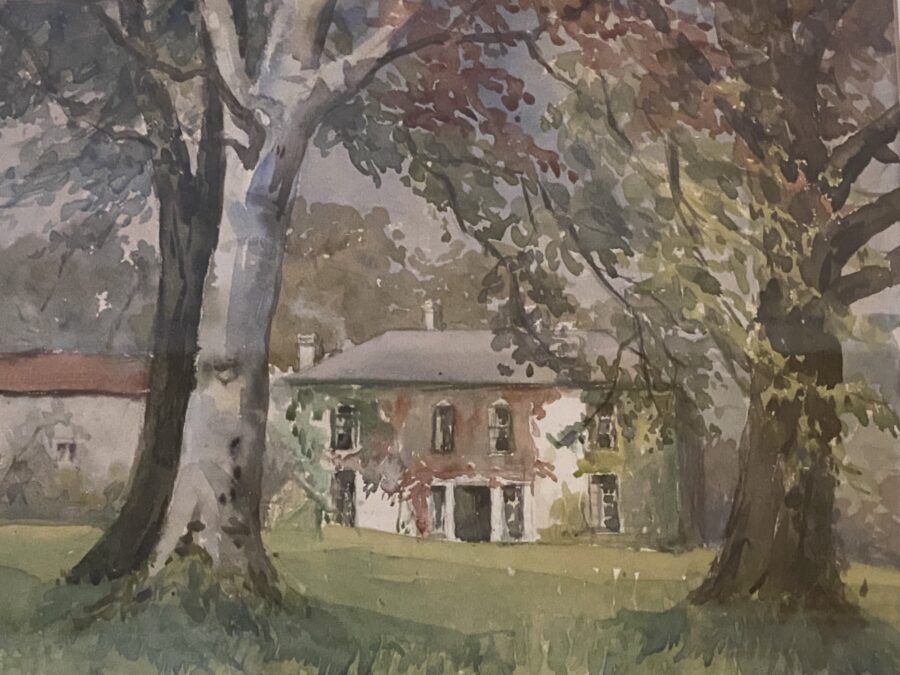


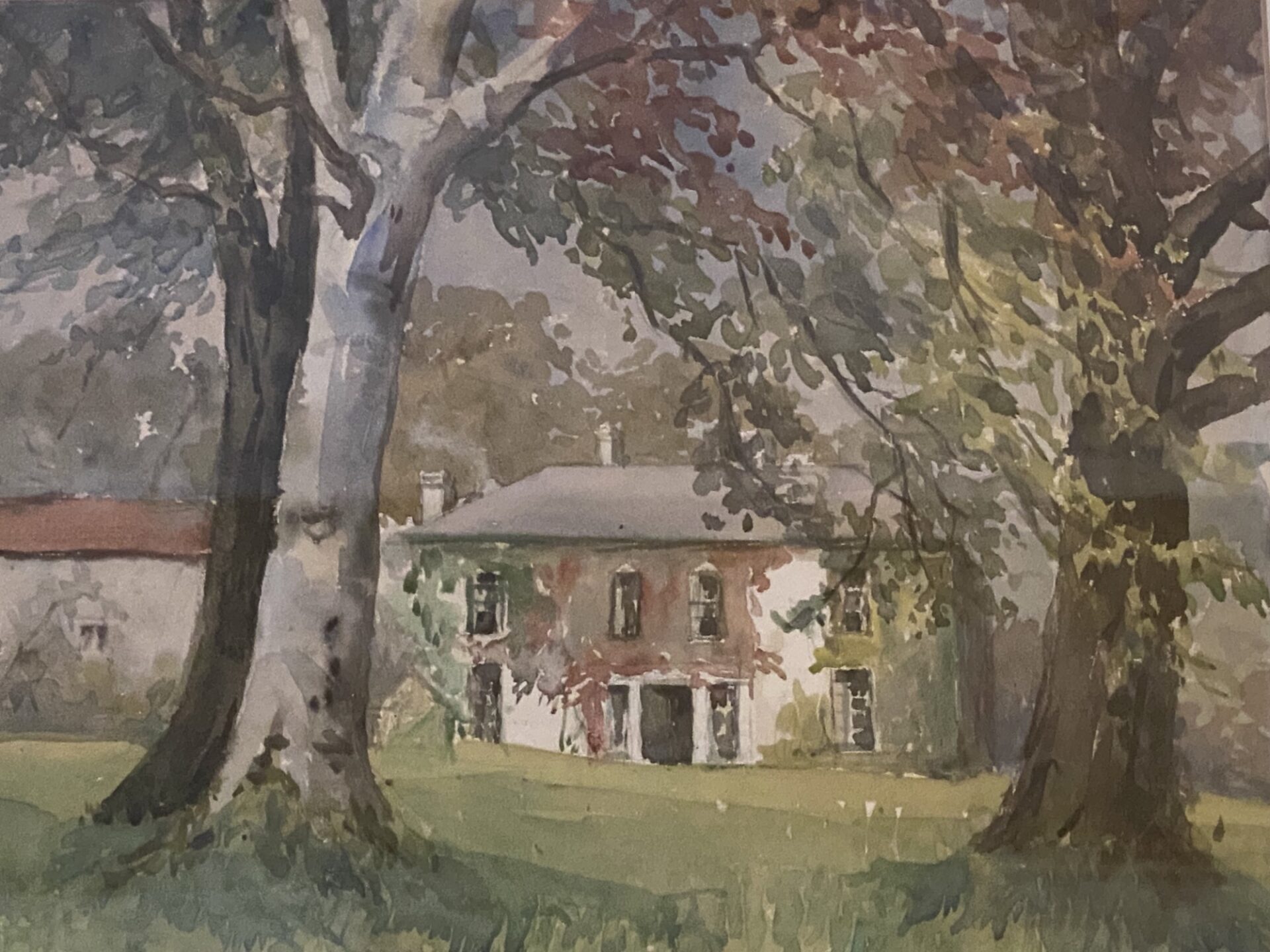
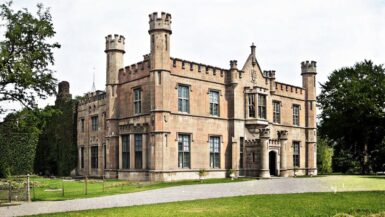
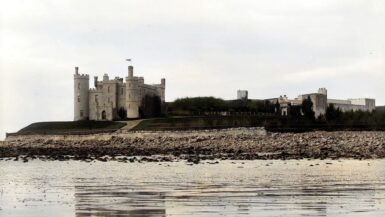
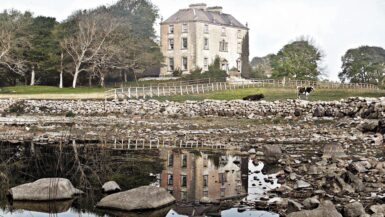
Leave a reply